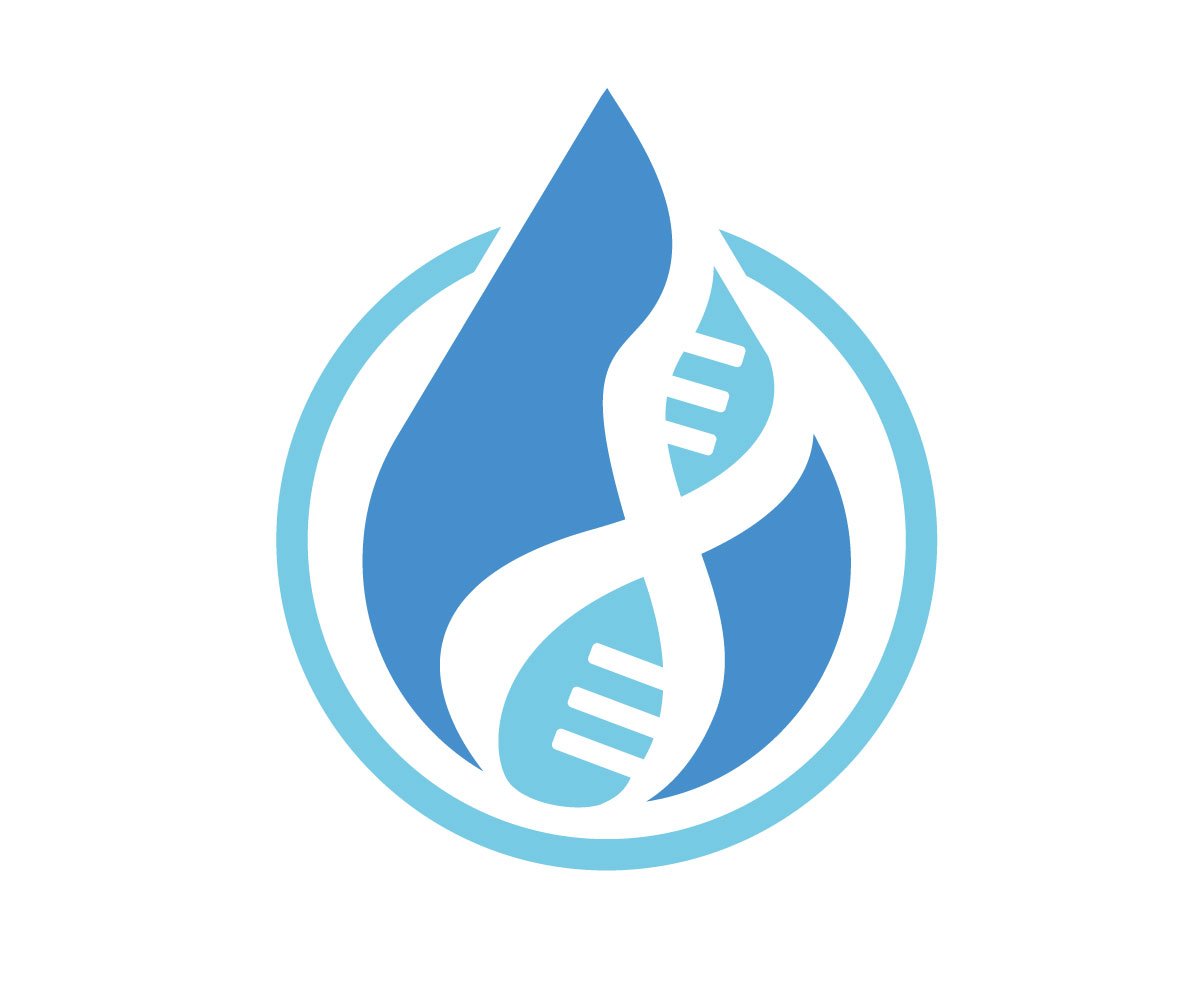Case of a Bone Marrow Recipient With Altered DNA Results
In the New York Times this week, coverage on an unusual case. NYT reporter Heather Murphy wrote about the story of a man whom researchers are studying because he had received a stem cell transplant, and subsequent DNA testing revealed unusual results.
Those who work with DNA results from ancestry testing regularly are bound to hear stories or be pulled into cases like this one. I wrote a post on this topic back in 2017 and have since gotten some interesting comments online and off! Like this one:
I wish I had read this [post] before my transplant! My father was orphaned as a small child but, though an ancestry site, and there are other issues I can no longer resolve, though I was able to locate his family via a third cousin. I have so many questions about the genetic changes that I now possess, am I legally related to my donor now that I carry his DNA? Can a person receive a donation from a second stranger if they relapse? I received so little information when my transplant was in process, etc., not to mention didn't feel well enough to know exactly what to ask. Is there a resource for those of us with these burning questions about our changed genetic structure? I highly doubt I am the only one, or even one of few, who think about these things and would love to know the answers but have no clue where to locate them. Thank you, great article - so little info available!
Another comment I received was especially interesting. It described a case involving both stem cell transplantation AND unknown parentage, which makes for a doubly-challenging situation for genetic genealogists:
Hi Brianne, I donated my blood stem cells to an anonymous recipient a few years back via BeTheMatch.org. I have become friends with my recipient though we have not yet met. Today, he sent me a message saying he recently took the Ancestry DNA test and it returned back my uncle. I then thought that perhaps his swab may have contained my DNA due to the transplant.
He told me he also did the 23andMe swab before the transplant, so he has a record of his DNA before and after transplant! That combined with the fact he was adopted begs the question: Does our DNA match because of the transplant, because we may actually be related, or both? A modern mystery I hope to investigate via GEDmatch [a genetic genealogy research website].
I received so many comments both publicly and privately that I wrote a follow-up post in which I provided guidance: https://www.watersheddna.com/blog-and-news/post-stem-cell-transplant-dna-testing
And another one for situations in which the donation came from the umbilical cord blood sample of a newborn baby: https://www.watersheddna.com/blog-and-news/umbilical-cord-donation
In a podcast discussion with Eleanor Griffith of Grey Genetics, we discussed the implications at a societal level. The way that stem cell transplants, whether of cord blood, bone marrow, or purified stem cells from the blood stream, have a way of altering a person’s DNA test results has major implications to law enforcement & judicial system. Take a listen to our relatively short 20 min chat when you get the chance (cord blood transplant discussion takes place in the first half of the podcast).
Finally, I wanted to take a chance to clarify some background information about biology that the New York Times article does not do the best at explaining:
CELLS FROM A BONE MARROW OR STEM CELL DONOR CANNOT SUDDENLY TURN INTO EGG OR SPERM CELLS & CAUSE THE RECIPIENT'S CHILDREN TO INHERIT THE DONOR'S DNA.
To explain further, the cells that come from a donor are diploid, meaning they have two full sets of chromosomes. Mature eggs and sperm are haploid cells, meaning they only contain ONE set of chromosomes. Diploid cells CANNOT suddenly become haploid cells (egg/sperm) in a recipient.
Children are conceived from two haploid cells joining together - one from the biological mother and one from the biological father. Thus, any children conceived after a transplant will still contain the DNA from the original person, from an ‘original’ egg or sperm cell tucked away safely in an ovary or testicle.
It is great that NYT chose to cover this case, as it will lead to greater awareness of the impact of transplant history on DNA results, both for donors and recipients. It has opened up the door to a lot of confusion, though. I hope this post - and others I link to within it - can help clear it up.

